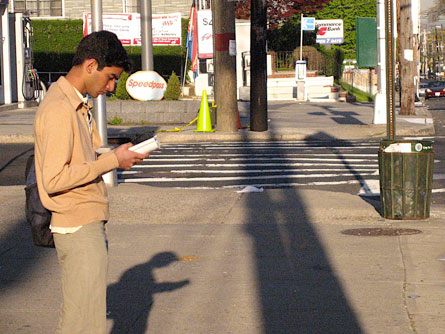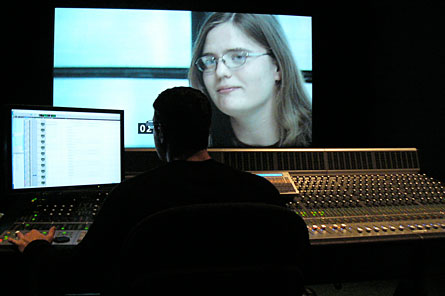Whiz Kids: Its science and outreach
Yesterday, I highlighted a new movie: Whiz Kids. It’s about kids doing science. Real science.


Today I wanted to address the science in that film, what got left on the proverbial cutting room floor — and what the filmmakers hope to do with both.
Having interviewed Science Talent Search winners and also-rans in the past, I had gotten the impression that those finalists who made it to Washington did so on the basis of research they had worked on for perhaps a year. But the new movie on STS applicants and finalists highlights individuals whose research spanned at least three years, starting when they were barely out of middle school.
As much as I liked the human interest elements of the movie, I would have preferred to have seen more focus on that student research. For instance: What motivated these young investigators to choose a topic? What kept them interested over years of experimentation? And what did that research uncover?
Unfortunately, director Tom Shepard contends, it didn’t make for compelling moviemaking. And as a 1987 STS finalist who had done field work on insect pheromones, he had very much hoped it would.
“The whole filmmaker team felt very strongly about wanting to give voice to a group of kids who often aren’t heard in their schools or the outside world,” he said. [I’m guessing this is his polite reference to geeks. And even the judges commented on some of these apparently unidimensional kids among the finalists.] Said Shepard: “We were trying to explore what drove these kids” to the point that they ended up spending years working in basements, garages, or distant labs to discover something novel.
And toward that end, Shepard told me earlier this week, “We went deeper into the science in earlier cuts [of the film].” But when his team provided work-in-progress screenings to focus groups, “people tended to tune out — and some of them to fall asleep — in the science sections. So they missed some of the drama in the film and didn’t get fully invested in the characters.”
Much of the science that did make it into the film was portrayed through charming stick-figure animations. During a private showing of the movie a few days ago in my home — to two undergraduate science majors and two journalists — those animated segments went a long way to make the science accessible. And fun. But there was a consensus in our “focus group” that more science would have been welcome (especially the work on PFOA, referred to as C8, and the intense local controversy surrounding it).
“Hmmm. That’s interesting,” Shepard says. “We actually had more scenes of her [Kelydra Welcker] talking about C8 in the water and her [C8-filtering] device. And I don’t know what it is, but it’s like people have this fear that if you put science in front of them they’re not going to get it. So there’s this psychological resistance that comes up — at least that’s what we found when dealing with a general audience.”
The good news: Shepard’s group still has plenty of footage that didn’t make it into the film. For instance, they tracked about a dozen kids and followed twice as many kids in depth (six) as were profiled in the movie. Their stories, their research, and their insights into what they learned from the process of preparing for STS might easily be spliced into those film “extras” that accompany — and amplify — many films released on DVD.
Next: Outreach
Although Whiz Kids is not yet in general release, Shepard did make an earlier documentary for PBS. So he’s now investigating interest at PBS in a possible television release of the film.
“We are also doing some sneak preview screenings,” Shepard says. “And we’ll be submitting Whiz Kids to some film festivals. Our goal is to bring it out theatrically and also via community screenings.” For instance, he notes, Intel Corp., which currently underwrites STS (but did not finance the movie in any way) is helping organize a San Francisco premier for the film in conjunction with a local museum (the Exploratorium).
But Shepard says there’s also a strong interest by his team in using their materials — including scrapped scenes — to further educational outreach on science. For instance, he’d like to see the film’s website become the source of a social network “that connects STS semifinalists and finalists to younger kids who are in the midst of thinking about a research project. Or even thinking about applying to STS.” He suggested that guest finalists might be tapped to blog about some aspect of research or the STS process — even take questions from high-school sophomores.
Me, I’d like to see them develop webinars on student research. Online coaches, if you will. Perhaps teachers from schools who have a large number of semifinalists every year could offer cues on how narrow to focus the ideas that students probe with experiments. Guest judges might talk about what they’re looking for — or don’t want to see — in a great project. And then there’s the whole issue of how to communicate effectively. This might involve guidance on when to amplify an idea, use an analogy — or just pare down the visual, verbal, and data clutter on students’ poster boards.
If you have ideas of what you’d like to see such a student-research outreach website offer, contact the Whiz Kids team at: http://whizkidsmovie.com/contact/







